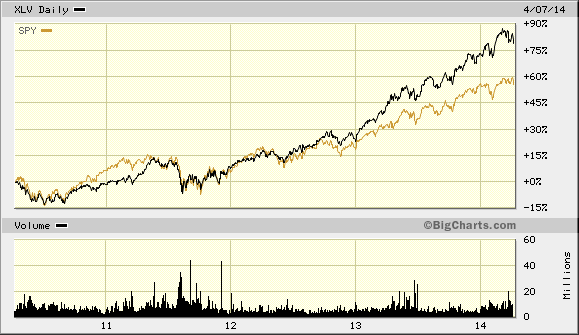In 2008, President George W. Bush expressed regret for an ill-conceived 2003 speech aboard the USS Intrepid in front of a “Mission Accomplished†banner. The blunder? The declaration of victory in the initial battle and the subsequent celebration came a mere month into the war. Consequently, every setback for years afterwards reminded the country that the ousting of Iraq’s dictator had not necessarily achieved the ultimate goal: make the world a safer place.
Last week, the White House trumpeted enrollment of 7.1 million sign-ups for health care insurance through government exchanges. Yet when did the mission of the Affordable Health Care Act (ACA) morph into an accounting of web site activity? It is not as though 7.1 million uninsured individuals signed up. Five-and-a-half to six million people lost health insurance coverage due to new ACA rules (myself included); millions of these individuals migrated to a plan via exchanges, while others remain uninsured. In the same vein, is the ACA making the most of trillions in tax revenue when as many as half of enrollment participants pick the existing government-funded health program (Medicaid)? Celebrating enrollment numbers is premature when higher quality, more affordable health coverage has yet to materialize, and when the reduction of the uninsured has been modest at best.
Nevertheless, significant presidential decisions have not always impacted the markets adversely. After all, the 2003-2007 bull market stampede for stocks occurred in direct concert with the initial decision to invade Iraq in March of 2003. In fact, stocks popped roughly 10% in the first few weeks of the initial invasion. Moreover, health care has been one of the best performing sectors since the passing of the ACA in March of 2010.

On the other hand, there is one political hot topic that may impact a president’s legacy as well as a country’s financial markets: unemployment. Many in the media recently ballyhooed the recovery of all of the private sector jobs that had been lost in the “Great Recession.†Never mind that it has taken six years; never mind that three-quarters of 2013’s net new jobs were part-time positions. And why do many ignore the fact that the number of working-aged individuals in the labor force is always growing? Millions upon millions of jobs up-and-above where we currently stand were required, just to keep the labor force participation (i.e., actual employment) at a steady percentage. Instead, the U.S. remains at employment levels from 1978.

